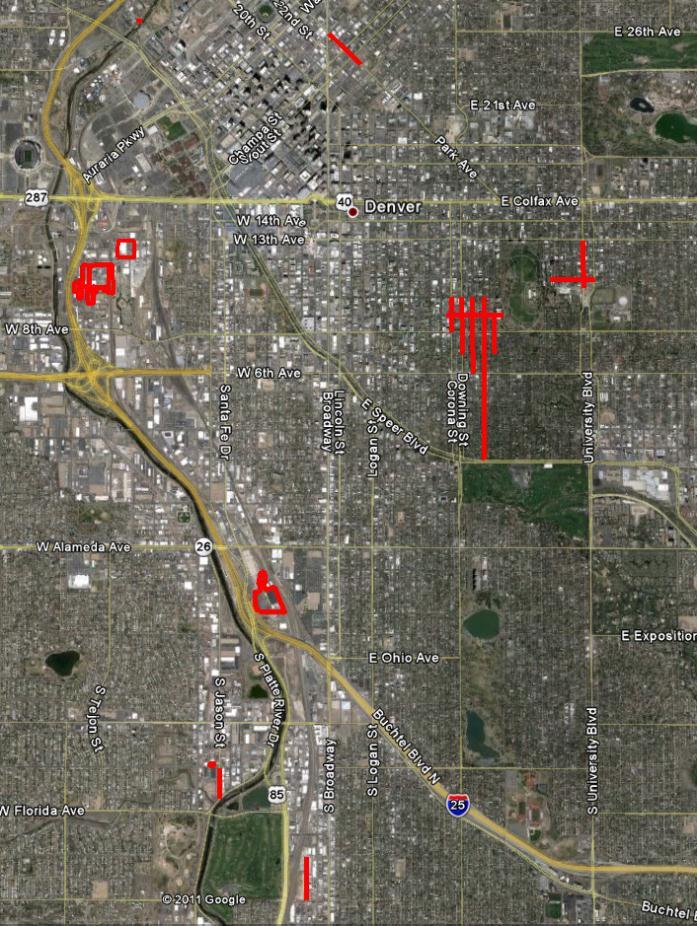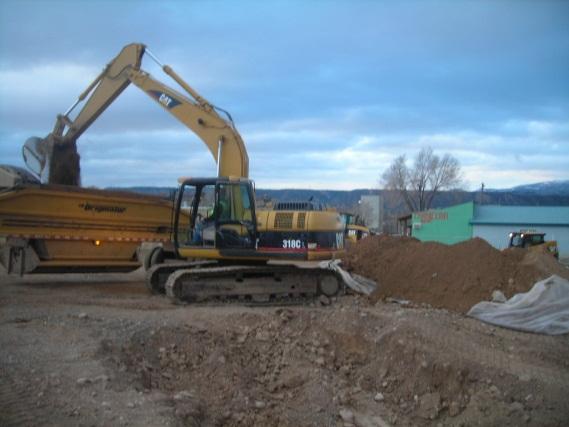During the early 1900s, Denver was home to a radium ore processing industry. Radium was used for
making self-luminous paints, such as for instrument dials and watch faces, in addition to cancer therapy

and research. Through the 1920s, the City of Denver used these mill tailings to pave certain streets in
the Capitol Hill and Ruby Hill neighborhoods. Various heavy metals plus radioactive elements such as
radium continued to contaminate the shallow soils and groundwater at the industrial mill properties.
Two of the major OUs exist near the intersection of Santa Fe Drive and I-25, and have since been
cleaned up and redeveloped. One example is the Shattuck Chemical Company site, OU 8, and the
former Robinson Brick Company, OU 4/5, which have been redeveloped into the Home Depot
retail site.
The OUs that have been completely cleaned up have been petitioned for removal from the EPA National Priority List (NPL). Monitoring of the other OUs will be ongoing, as will five-year reviews completed by CDPHE, to ensure the remedies remain effective until all of the OUs can be closed.
The current status of the Denver Radium Site can be important to the clients of Sundance Environmental Consultants in two ways:
1) Because the radium-laced mill tailings do or did exist on so many industrial properties and right-of-ways, there are a great many adjoining properties to this Superfund site. When we perform Phase I environmental site assessments, we evaluate whether a subject property could potentially be affected into the future by the Superfund site.
2) If a client were to consider purchasing a property that is actually part of the Superfund site, we would review the available documentation of what remedial action was undertaken at the specific property, inform the client on what the long-term monitoring and maintenance requirements are, and advise on whether there could be any restrictions on future land use or redevelopment options of a specific property.


